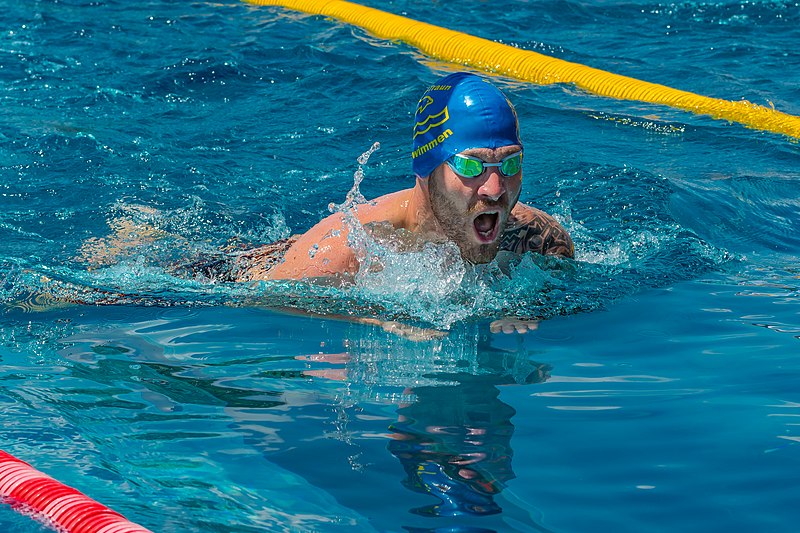Pulse of Information
Stay updated with the latest news and insights.
Swim Like a Fish: Secrets They Don't Teach You in Lessons
Unlock the hidden secrets to swimming effortlessly! Discover tips that will make you swim like a fish and impress everyone at the pool.
Essential Techniques to Improve Your Swimming Stamina
Improving your swimming stamina is crucial for longer and more efficient performance in the pool. One of the most essential techniques to enhance stamina is through interval training. This method involves alternating between sprinting and recovery swims. For example, you can swim a fast-length of 50 meters, followed by a slower-paced 50 meters. Repeat this for multiple sets, gradually increasing the number of repetitions as your endurance builds. This approach not only boosts your cardiovascular strength but also conditions your muscles to recover quickly, making each lap easier and improving your overall swimming stamina.
Additionally, focusing on your technique is vital in maximizing your swimming efficiency. Proper body positioning, stroke mechanics, and breathing techniques can all contribute to better stamina in the water. Implement drills, such as catch-up drill or fingertip drag, to refine your stroke and ensure that you are expending energy efficiently. Remember to stay relaxed and maintain a steady rhythm throughout your swims. Consistent practice of these techniques, combined with a well-balanced diet, will significantly enhance your overall swimming stamina, allowing you to swim longer and faster.

Mind Over Matter: Psychological Tips for Confident Swimming
Swimming can be an exhilarating experience, but for many, it can also trigger anxiety and self-doubt. To combat this, it’s essential to develop a strong mental framework that supports your confidence in the water. Begin by visualizing success; before you even get in the pool, spend a few minutes imagining yourself swimming effortlessly and confidently. This mental rehearsal can create a positive mindset and reduce anxiety about the swim. Additionally, practice positive self-talk by replacing negative thoughts with encouraging ones. Phrases like 'I am a strong swimmer' or 'I can conquer this' can help reinforce your mental resilience.
Another effective strategy is to set achievable goals that focus on small, incremental improvements. Instead of overwhelming yourself with the idea of perfecting your technique all at once, break your training down into manageable tasks. For instance, focus on mastering your breathing technique for one session, then work on your strokes the next. This method not only makes swimming feel less daunting but also celebrates your progress, boosting your confidence with each success. Remember, confidence in swimming is a journey that involves both mental preparation and physical practice, so embrace the process and keep pushing your limits.
Common Mistakes That Are Holding You Back from Becoming a Fish in Water
Many aspiring individuals fail to thrive in their environments due to common mistakes that hinder their progress. One of the biggest pitfalls is the inability to adapt to change. Just as fish effortlessly navigate through water, you must learn to flow with the currents of life. This means embracing new skills and being open to feedback. Ignoring these factors can lead to stagnation and a feeling of being out of your depth. Additionally, surrounding yourself with negativity can weigh you down. Positive influences act like a school of fish that helps guide and protect you in turbulent waters.
Another mistake that keeps you from becoming a fish in water is setting unrealistic expectations. Many people strive for perfection and end up feeling overwhelmed. Instead, focus on setting achievable goals and gradually build upon them. This approach promotes a sense of accomplishment, empowering you to move forward rather than feeling defeated. Moreover, a lack of self-belief can be detrimental. Remind yourself of your capabilities and celebrate small victories. Ultimate success comes when you trust in your journey and keep swimming, no matter how challenging the tides may be.